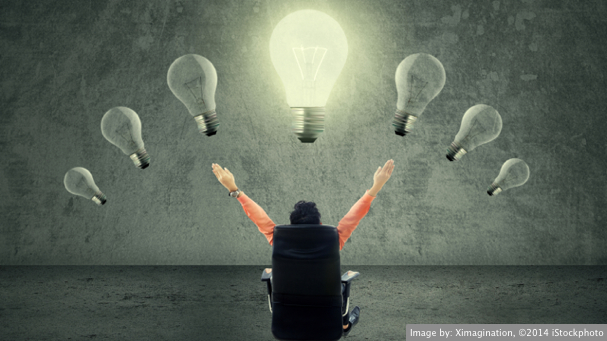These are seven areas of opportunity that should be included in any business case for eBilling and eDelivery.
1. Hard dollar cost savings
This is not a hard calculation. Compare the cost for print, postage, labor, equipment and overhead versus the cost for eDelivery acquisition and delivery. With at least a 60% direct cost reduction, the payback on the investment comes very quickly, generally in three to nine months.
2. Better customer communications
It is clear that customers want to hear from companies in different and, sometimes, multiple ways. Companies can create great content, but if customers don’t go to the portal to read it, or if by habit, they automatically discard mailing inserts, then the content becomes meaningless. Regular, meaningful customer communications is important to building your brand. If customers and agents want to receive electronic communications without the hassle, then you had better pay attention.
3. Corporate image/carbon footprint
People want to do business with companies that they like and trust. Trust can be a complicated thing, easily lost and complex to gain. Part of that equation for maintaining trust is that it requires your company to be easy to do business with, socially conscious and environmentally sensitive. It is not just about saving three tons of trees for every 100,000 half-ounce letters (using 50% recycled paper). It’s also about energy savings, wastewater, greenhouse gases and solid waste disposal.
4. Business process improvements
When implementing or expanding your eBilling and ePayment options, don’t just automate what you have. Use this as an opportunity to streamline and automate the billing process and get more customers to pay electronically. Going digital can be as simple as using the same processes and just delivering documents more efficiently. When improving the billing processes, consider both sides of the business relationship, the biller (the company) and its customers.
- Customer enhancements: Allowing customers to receive their documents by email instead of requiring them to visit a website is a huge timesaver for the customer. Other customer enhancements can include: reducing data input steps; simplifying user names and passwords without compromising security; facilitating setting up recurring payments; and, of course, making documents easier to read and follow, including self-help and Q&A.
- Company enhancements: For a company, receiving more electronic payments and fewer checks is a big advantage in time, cost and accuracy. Other enhancements can include: increasing customer use of self-service for both changes and Q&A; analytics and tracking; and including sales agents in a two-way communications process.
5. Better cash flow
6. Better customer experience and customer loyalty
7. Cross-selling opportunities
And speaking of selling to existing customers, every customer communications should be a selling opportunity. Whether it be a statement, notice or bill, there is the opportunity to present a relevant message or new offer, which can seamlessly bring customers back to your website or sales agent for the appropriate action. Targeted one-on-one marketing of relevant offers is highly effective. Just ask Google and Facebook; the trend is clear. One difference between advertising on the eBill vs. Google and Facebook is that cross-selling to existing customers when sending eBills and eStatements costs nothing, zero, nada. That is not true for almost any other customer communications and sales channel.
Taken together, management will clearly see that 10% to 25% electronic adoption just doesn’t work anymore, and it’s time to take new steps to achieve the 40% to 50% paper suppression they should expect.


No Comment
You can post first response comment.